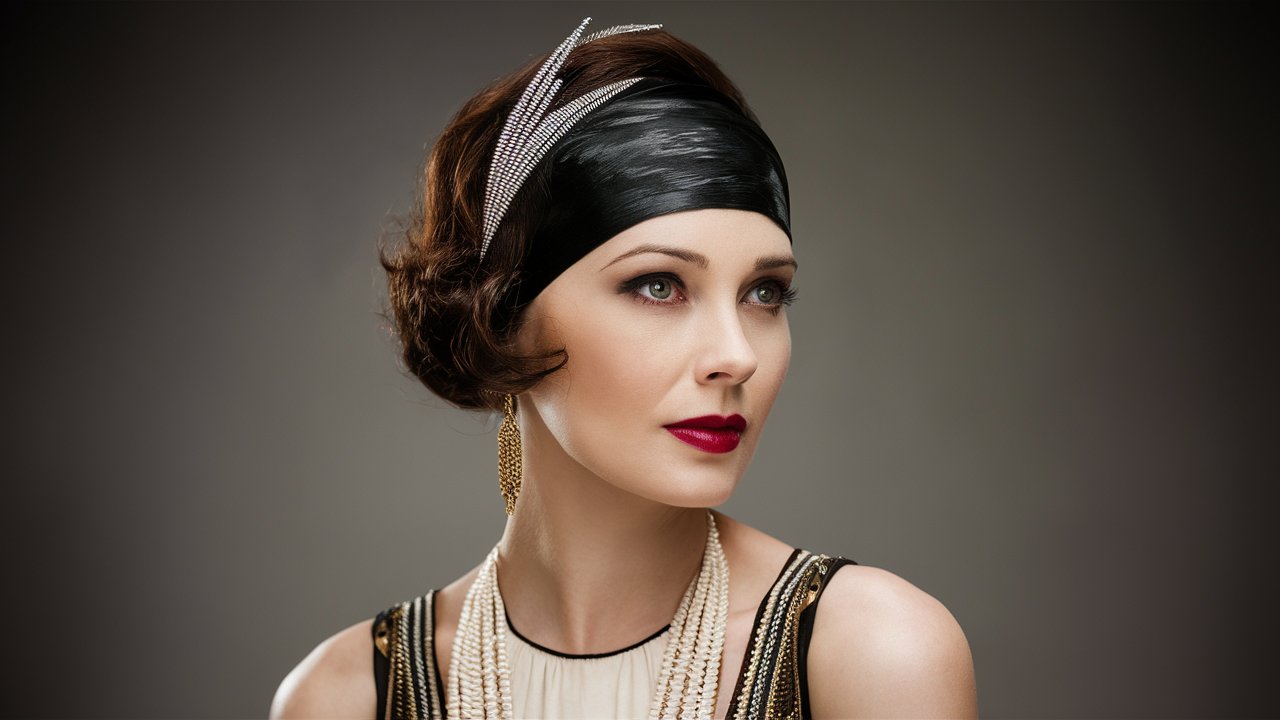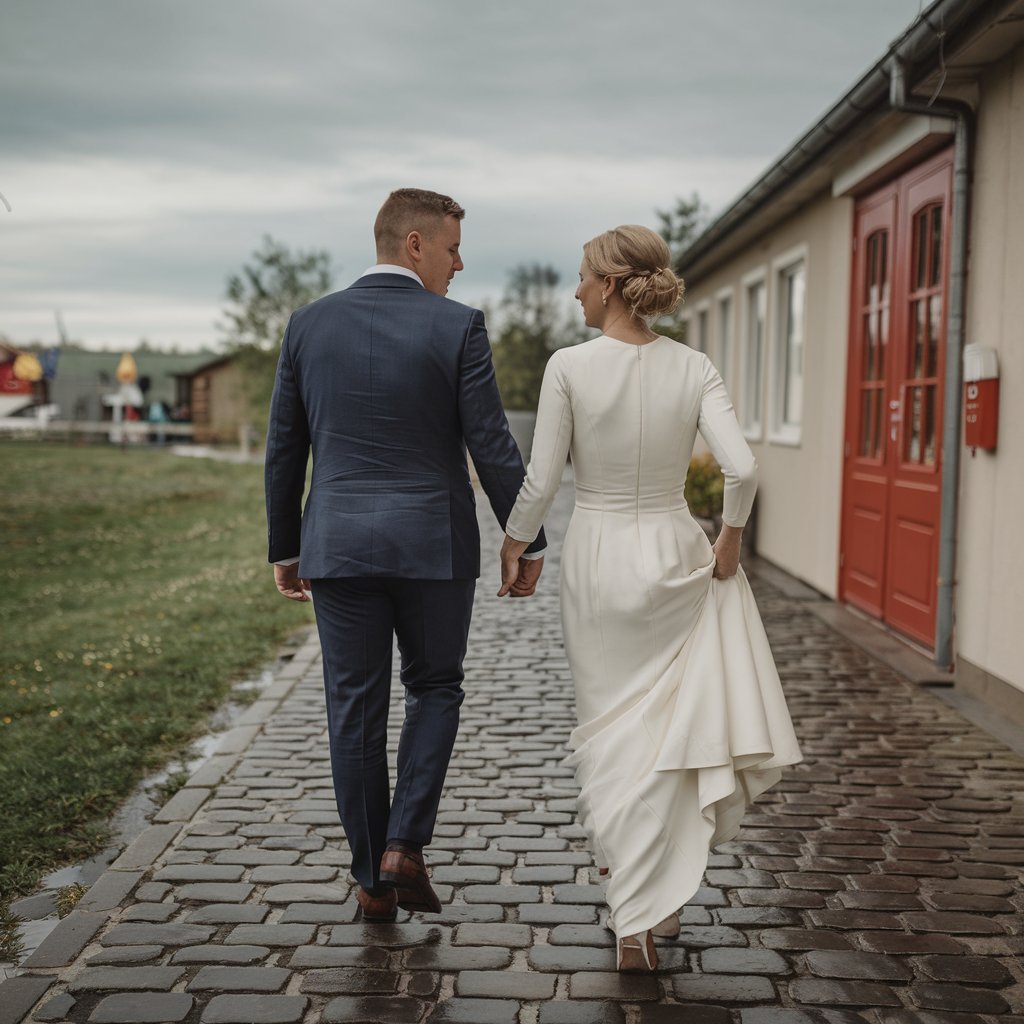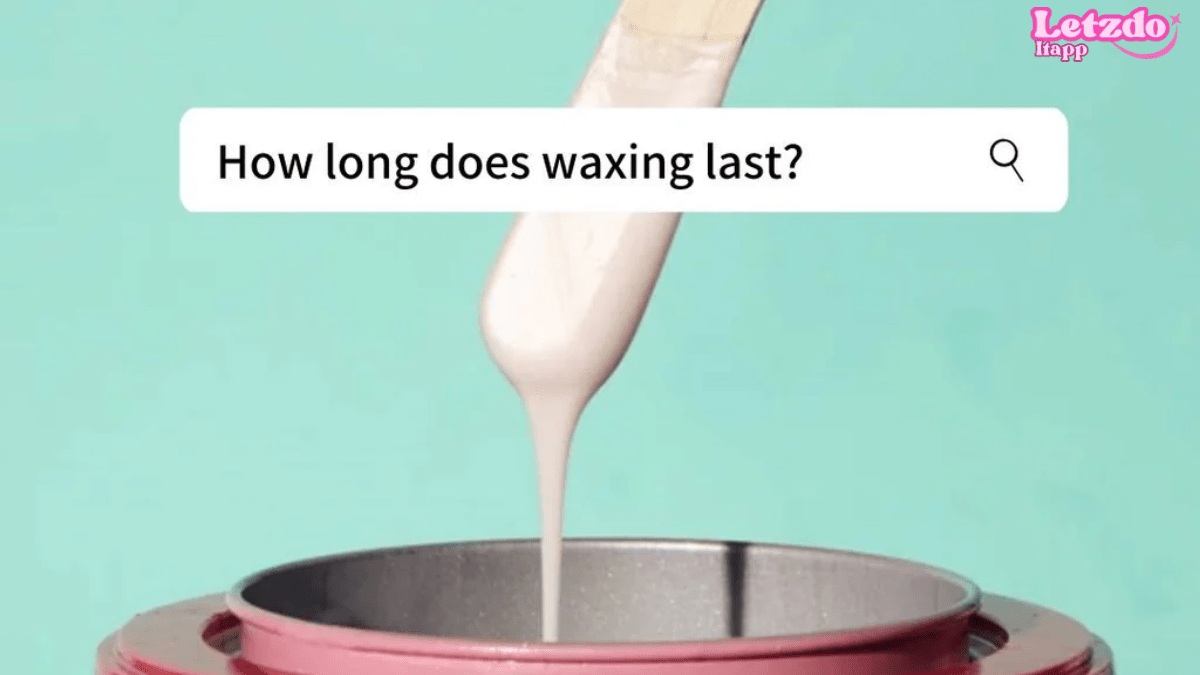Table of Contents
The 1920s were a decade of significant change, and women’s hairstyles played a crucial role in this transformation. From the flapper bob, which became a symbol of liberation, to other iconic styles that defined the era, women’s hairstyles of the 1920s reflected the boldness and creativity of the Roaring Twenties. This article will explore the most notable women’s hairstyles and how they shaped fashion and culture during this vibrant decade.
The Flapper Bob: A Symbol of Modernity
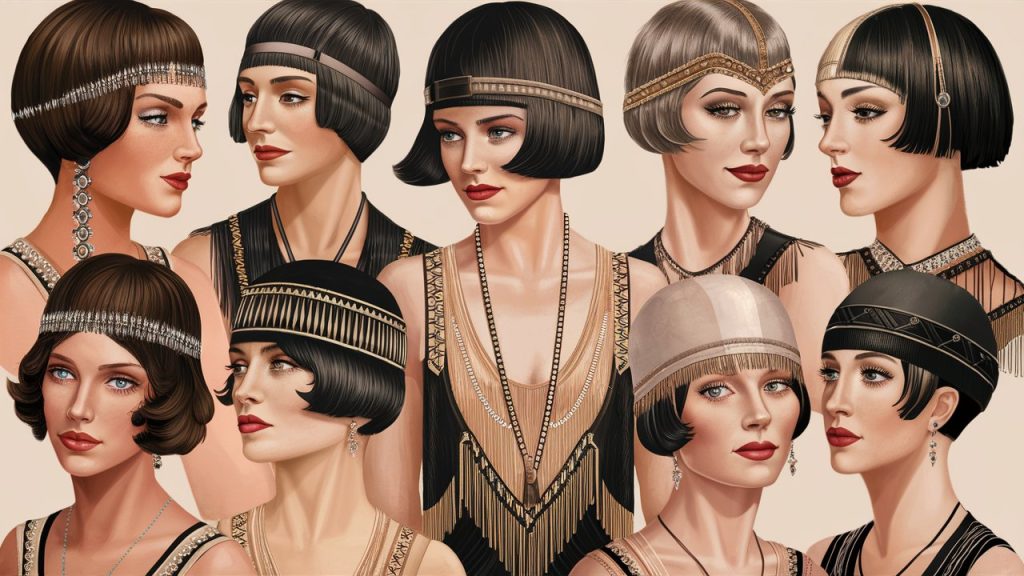
The flapper bob is the most iconic when we talk about women’s hairstyles of the 1920s. This hairstyle was a significant departure from the long, flowing locks of the previous century. The bob cut was typically chin-length and featured soft waves or curls. It represented the new, modern woman who embraced change and freedom.
Why Flapper Bob Was Revolutionary
Before the 1920s, long hair was the norm for women, symbolizing tradition and femininity. With its sharp, clean lines and manageable length, the flapper bob was a bold move toward modernity. It allowed women to move more freely and fit into the fast-paced, energetic lifestyle of the Jazz Age. This hairstyle was a fashion choice and a statement of independence and self-expression.
How to Achieve the Classic Flapper Bob
To recreate the classic flapper bob:
- Start with a chin-length cut.
- Straighten or lightly wave the hair using a curling iron or rollers.
- Ensure the waves are soft and natural, not too stiff or overdone, for an authentic look.
- Finish with a light styling product to keep the waves in place without adding unnecessary weight.
Finger Waves: Classic Elegance with a Vintage Flair
Another critical hairstyle from the 1920s is the finger wave. This hairstyle was known for its smooth, flowing waves, creating a glamorous, elegant look. Finger waves were often worn by women in high society and Hollywood, making them synonymous with sophistication.
Mastering the Art of Finger Waves
You use a comb and fingers to shape the hair into soft, S-shaped waves, creating finger waves. Start with damp hair and apply a styling gel or mousse to help hold the waves. Use a comb to create deep waves, pressing them into place with your fingers. Let the hair dry naturally, or use a dryer with a low heat setting. Once dry, use a light hairspray to set the waves without making them too stiff.
Finger Waves in Modern Times
Although finger waves may seem old-fashioned, they can still be stylish for modern events. Try incorporating accessories like headbands or clips to give this classic style a contemporary twist. You can also combine finger waves with other modern hairstyles for a unique look that bridges the past and present.
Marcel Waves: The Luxurious Look of the 1920s
Women’s hairstyles of the 1920s marcel waves are another popular hairstyle from the 1920s. Named after the French hairstylist Marcel Grateau, these waves are characterized by their deep, structured appearance. They were often seen as movie stars and were associated with high fashion and luxury.
How to Create Marcel Waves
You’ll need a curling iron designed for deep waves to achieve Marcel waves. Start with clean, dry hair and divide it into sections. Wrap each section around the curling iron, holding it for a few seconds before releasing it. Alternate the direction of the waves for a more natural, flowing look. Finish by using a light hairspray to keep the waves intact.
Updating Marcel Waves for Today
Marcel waves are still a popular choice for special occasions. To modernize this style, consider adding volume at the roots or combining it with other hairstyles. This approach keeps Marcel’s waves’ classic elegance while making them relevant to today’s fashion.
The Shingle Cut: A Sleek and Sharp Style
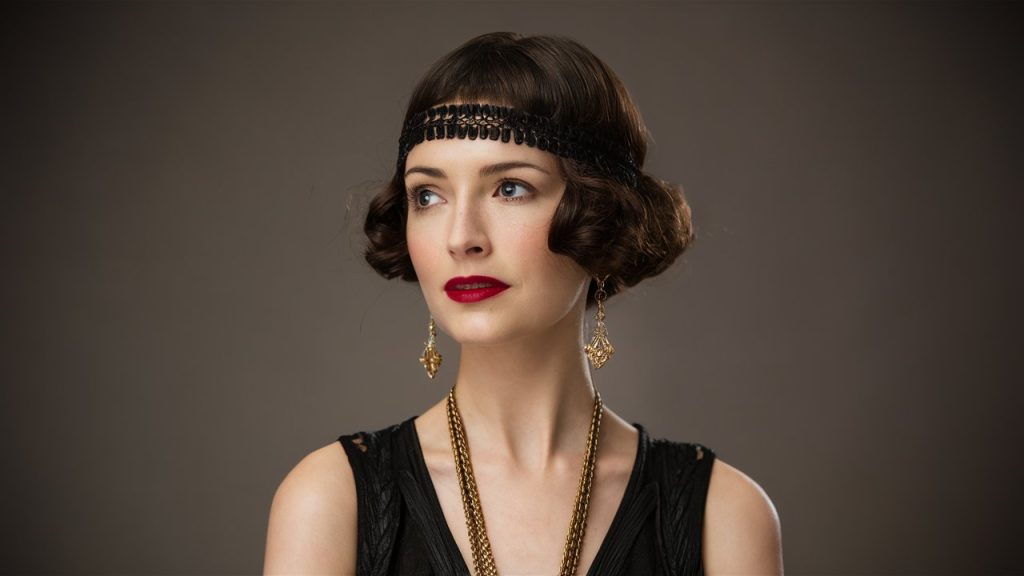
The shingle cut is another notable hairstyle from the 1920s. This style involves cutting the hair to a uniform length at the back while leaving the sides slightly longer. The result is a sharp, sleek look highlighting a woman’s facial features.
Styling the Shingle Cut
To achieve the shingle cut, you’ll need a precise haircut to ensure uniform length at the back. After cutting, use a flat iron to straighten the hair and create a sleek finish. In women’s hairstyles of the 1920s, a small amount of styling cream can help add shine and keep the hair smooth. The shingle cut is ideal for those who prefer a polished, low-maintenance look.
Modernizing the Shingle Cut
The shingle cut can be updated with modern touches like subtle highlights or layering. These updates make the hairstyle versatile and suitable for occasions, from casual outings to formal events.
The Role of Accessories in 1920s Hairstyles
Accessories played a crucial role in complementing women’s hairstyles of the 1920s. Headbands, combs, and decorative clips enhanced the overall look. These accessories were often adorned with pearls, feathers, and jewels, adding a touch of glamour and sophistication.
Choosing the Right Accessories
When selecting accessories for 1920s-inspired hairstyles, opt for pieces that match the style you’re aiming for. For flapper bobs and finger waves, consider delicate headbands or jeweled clips. For Marcel waves and shingle cuts, opt for more structured or ornate pieces that enhance the overall elegance of the style.
Modern Uses of Vintage Accessories
Vintage-inspired accessories can still complement modern hairstyles. Incorporating elements from the 1920s can add a unique touch to contemporary looks. Whether attending a special event or wanting to add flair to your everyday style, these accessories can offer a nod to classic fashion. Click here for more information about Lifestyle.
Women’s hairstyles of the 1920s were more than just trends; they were symbols of a significant cultural shift. From the revolutionary flapper bob to the elegant finger and luxurious Marcel waves, these styles captured the essence of the Roaring Twenties. These iconic hairstyles continue to inspire and influence modern fashion, proving their timeless appeal.

